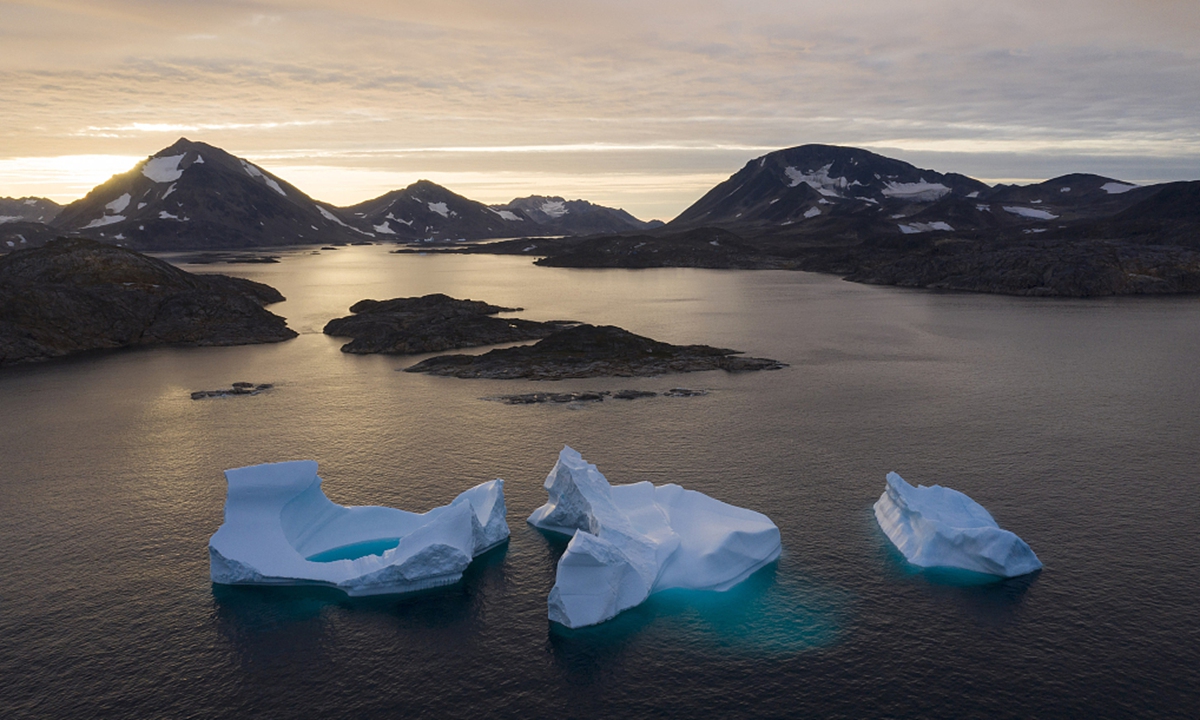Greenland Ice Getting Darker, Melting Faster Due to Pigmented Algae, Researchers Say

Photo: VCG
In theory, the entire ice sheet of Greenland, the world's largest island, contains enough water to raise sea levels by more than seven meters.
A thin layer of blooming pigmented algae that darkens the surface of Greenland's glaciers and ice sheets, coloring them brown-grey, has been identified as one of the reasons the ice is melting faster.
The algae growing on the white snow cannot be distinguished with the naked eye and can only be seen through a researcher's microscope. However, their colonies spread on ice and packed snow and to an untrained viewer resemble pollution. They absorb sunlight and, through photosynthesis, convert it into energy.
"We have seen that Greenland's ice sheet has become darker", Laura Halbach, an Arctic microbiologist at Aarhus University in Denmark and part of the international research crew, told Swedish media. "The algae that grow on the ice itself absorb light energy five times more efficiently than algae that grow on snow," she added.
Global warming and rising temperatures were previously reported to have shortened the snow season in Greenland. The white snow melts away earlier than before, leaving the ice bare for longer. This means that the algae colonies on the ice now have more time to grow. In turn, the ice becomes darker and absorbs more heat from the sunrays even more effectively.
According to Halbach, the hope is that the new knowledge will allow researchers to better quantify the impact from the algae on ice melting and better reflect it in climate models.
